Content
A voice crying out in wilderness, 'What about content?'
Brian Cole, president and CEO at edgefactory, shares his journey from Disney employee moonlighting as an AV guy to leading a company that creates live event content globally — with clients that now include Disney. Everyone can create captivating content, Cole argues, if they remember the principles he shares.
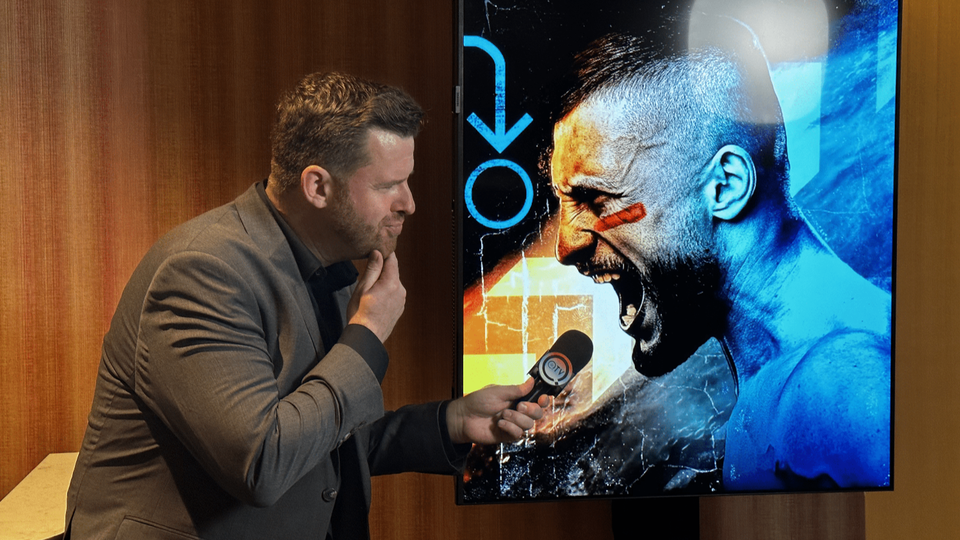
April 19, 2023 by Daniel Brown — Editor, Networld Media Group
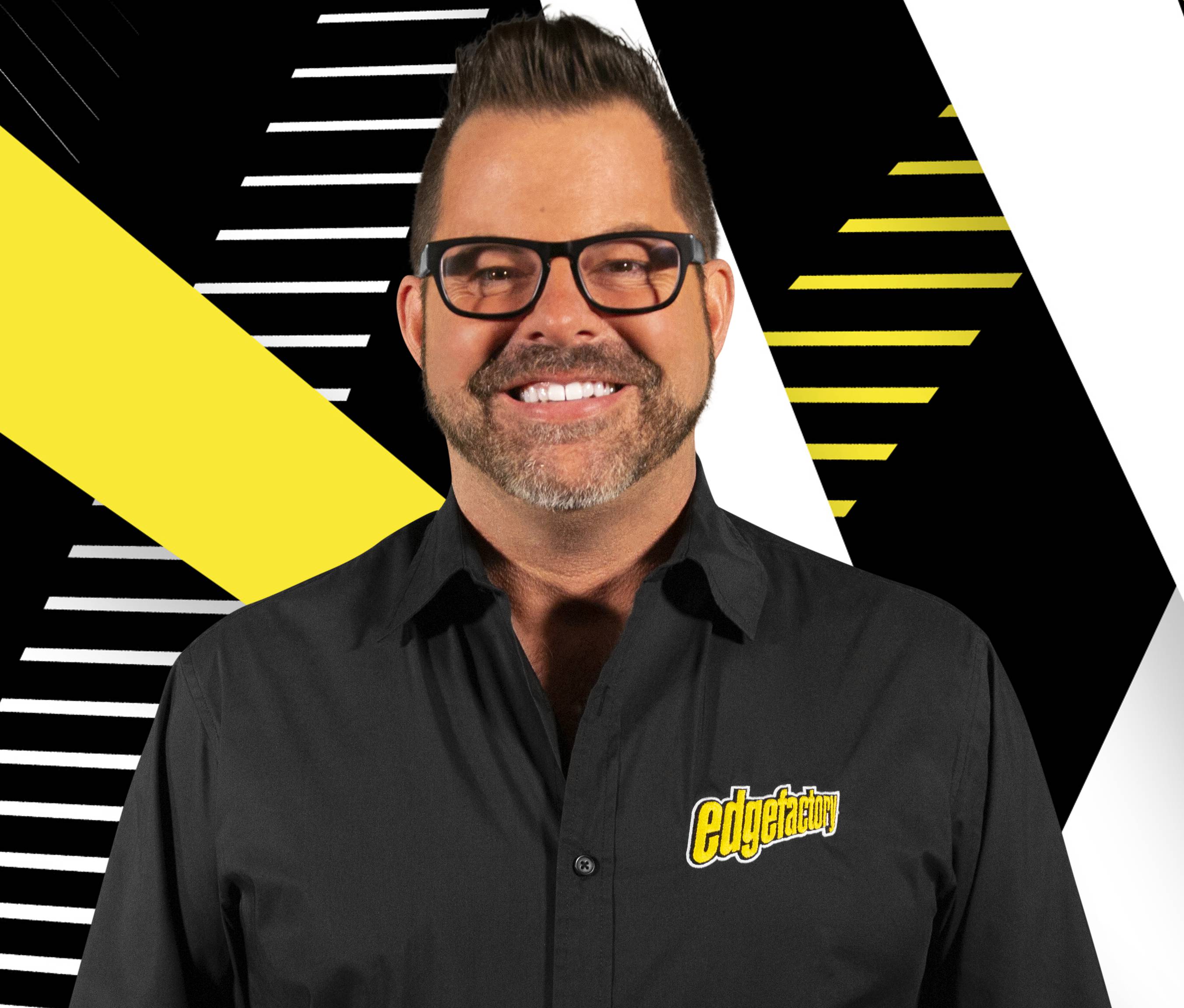 |
Brian Cole, President/CEO at edgefactory. Image provided. |
What if there was one simple tool that would allow you to engage and captivate your audience — any audience — around the world, at any venue, using virtually any hardware and software solution at your live events?
Brian Cole, President and CEO at edgefactory, believes he has found just such a tool; but it's not an app, an AI-powered chatbot or a new type of LED panel.
It's content— and not just any old content, but content with edge and motion, Cole explained. In an exclusive conversation via videochat from his office at the Orlando edgefactory HQ, Cole shared some of the magic he and his team have used to create Emmy and Telly award-winning content and enchanting live event audiences around the globe.
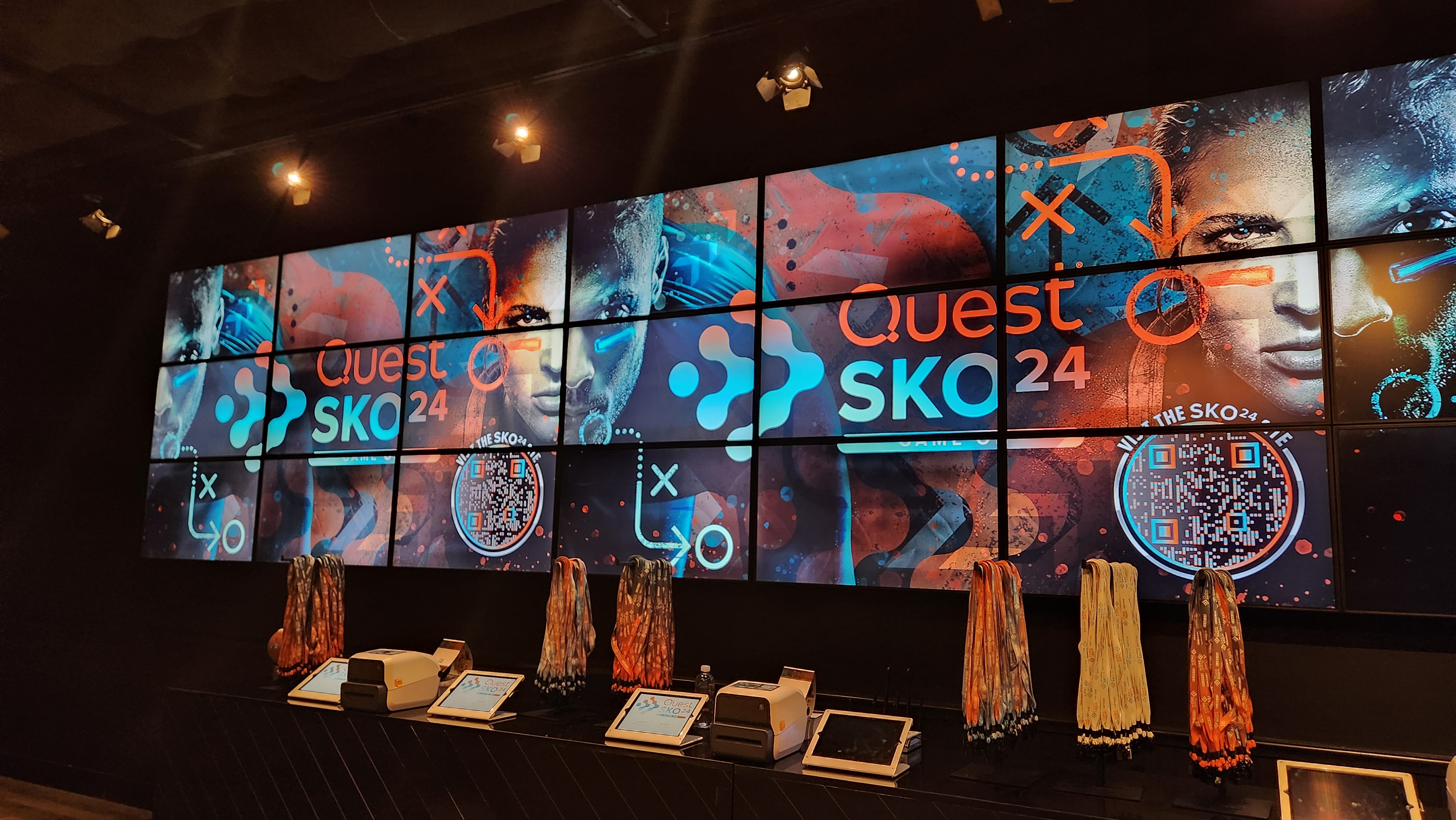 |
"How do you target heartstrings? How do you connect with emotions using digital? It's a whole other challenge." Image courtesy of edgefactory. |
Turning lifelong passion into vocation
From a young age, Cole has had passion for creating, for media, and for engaging audiences. "I used to build Lego news stations when I was a kid and write music," he said. "My whole life, I was really active in church and a volunteer at my church on the media team."
But in 1999, he felt an irresistible call to do something larger with his passions, though but he wasn't sure what that meant. "I ended up packing everything in my car to go work for Disney. I didn't know what I was going to do."
After moving to Orlando, Cole worked a day job at Disney while also starting his media company, which initially focused more on generic AV services, including work at venues like nightclubs and corporate events. It didn't take long for Cole to see some themes emerging.
"I remember one of the first gigs I worked on was a $60,000 [job] in AV for a two hour event," Cole said. "I had techs and graphics operators and all this stuff — but there was no content. They had a PowerPoint slide up on the wall for walk-in, and I'm thinking, 'Gosh, I'd like a company to add edge to meetings and events.' "
Cole started feeling clarity for the first time. "I said, 'Well, what are you? What else can you do? You already have AV. What about content?' And back in the day, even AV companies, they might have a person in the back that does video editing or After Effects or Photoshop, but nobody really did everything."
His mission was crystalizing. "I started the company in order to really elevate events, take advantage of AV and help people maximize the audiovisual investment at meetings and events," Cole explained. "And I kept saying, 'Well, we're trying to add edge.' So that's why we got the name edgefactory. We want to be really innovative and on the cutting edge of where trends are."
That's not always an easy task, especially as the industry has started evolving at a breakneck pace. "You know, we've seen such a change," Cole said. "Back in those days, everybody was doing sets and elaborate drapes and set panels. Nowadays, everybody is doing LED and it's all digital. That's what I love — I'm, like, in heaven right now."
Cole paused while excitedly reminiscing about the challenges and fun of creating an interactive, touch-free kids' game for families waiting on flights at Orlando Terminal C (in collaboration with X Studios and Microsoft Azure). "I love digital signage," he said simply.
Cole maintains that this passion is typical for his whole team, and the energy has converted into a colorful client list. In addition to Digital Signage Today reporting on clients like Orlando Terminal C and the Special Olympics, clients have included firms like Disney, Quest, Mida Associates, Cummins, STIHL, Disability:IN, ThermoFischer Scientific, Orange County Library System and the National LGBT Chamber of Commerce.
The company has even had interns go on to work for Disney as Imagineers.
"So, that's kind of how we got started and kind of where we ended up," Cole said. "Now we're doing trade shows, meetings and events, and we're all around the world."
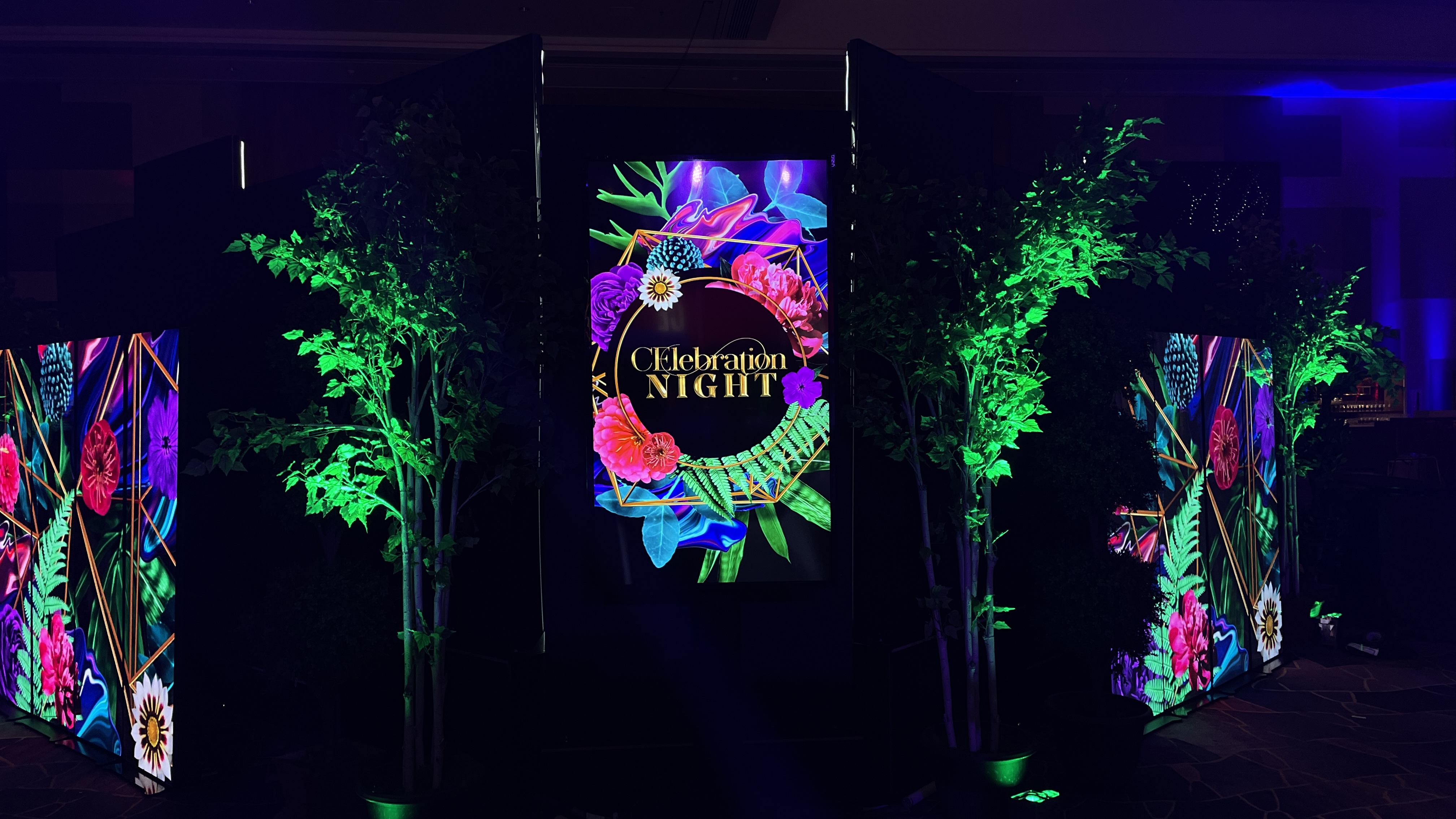 |
"I would say three missing components from most corporate videos and communications. Energy, motion and edge." Image courtesy of edgefactory. |
Rule 1: Energy, motion, edge
So, what is the industry still getting wrong on content, and how can people start making a dent in this chronic problem?
"I would say three missing components from most corporate videos and communications," Cole said. "Energy, motion and edge."
Like many industry luminaries, Cole warns against stale content, advocating for 6-7 seconds between screen changes. But it goes deeper than the nuts and bolts of neuroscience; you have to fuse science with soul. "How do you target heartstrings?" Cole asked. "How do you connect with emotions using digital — it's a whole other challenge."
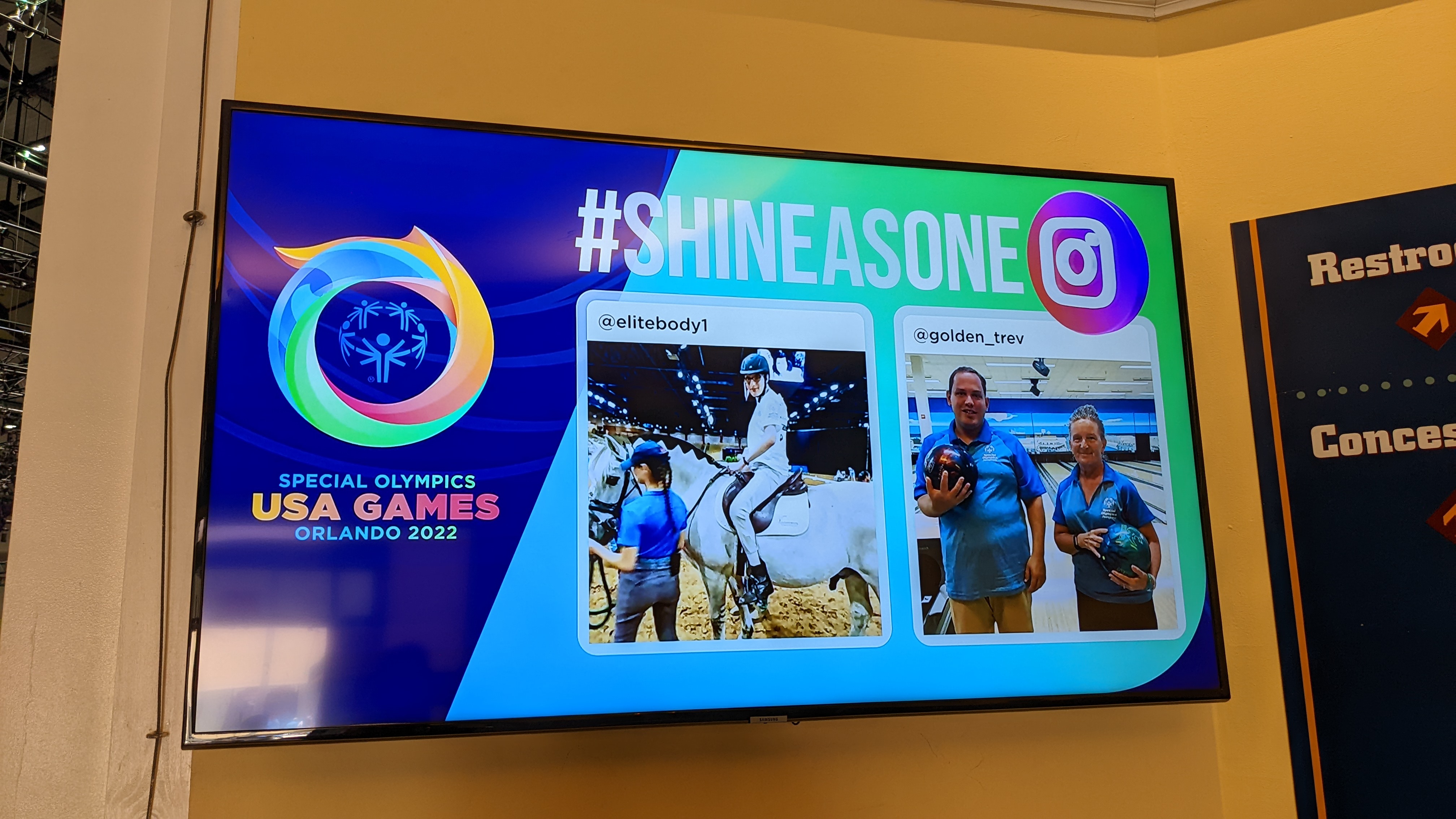 |
Whether you're serving a corporate live event or helping with accessible signage at the Special Olympics, use the buddy system to divide and conquer, Cole argues. Image courtesy of edgefactory. |
Rule 2: Use the buddy system
With a dizzying global workload, how can a relatively small team stay on top of things, and are there tips for other signage professionals in a similar boat?
"So things start with Design," Cole explained. "They mock it up, a client likes it, they move it to Motion, we mock up a few examples of high-end picks that they like, then it goes to our Editors to make playlists. So, when you walk into an airport, and you see a whole playlist of ads and content, digital signage, that's the type of thing that we divide and conquer — instead of just having one person do everything."
Cole explained that building the company around dedicated specialist teams is key, including a department each for designers, motion engineers and editors. Instead of burning out one person by asking them to do everything, you should use the buddy system. Also, building a team that shares passion, values and culture while sharing the workload intelligently is not only infinitely more efficient than "grind culture" — it puts joy in the workplace.
"So, I always say, our whole philosophy is to divide and conquer. And I love it. I love what we do. You know, I started this company to make a living, back in the day. Now I'm doing it just so I can support and have a good time."
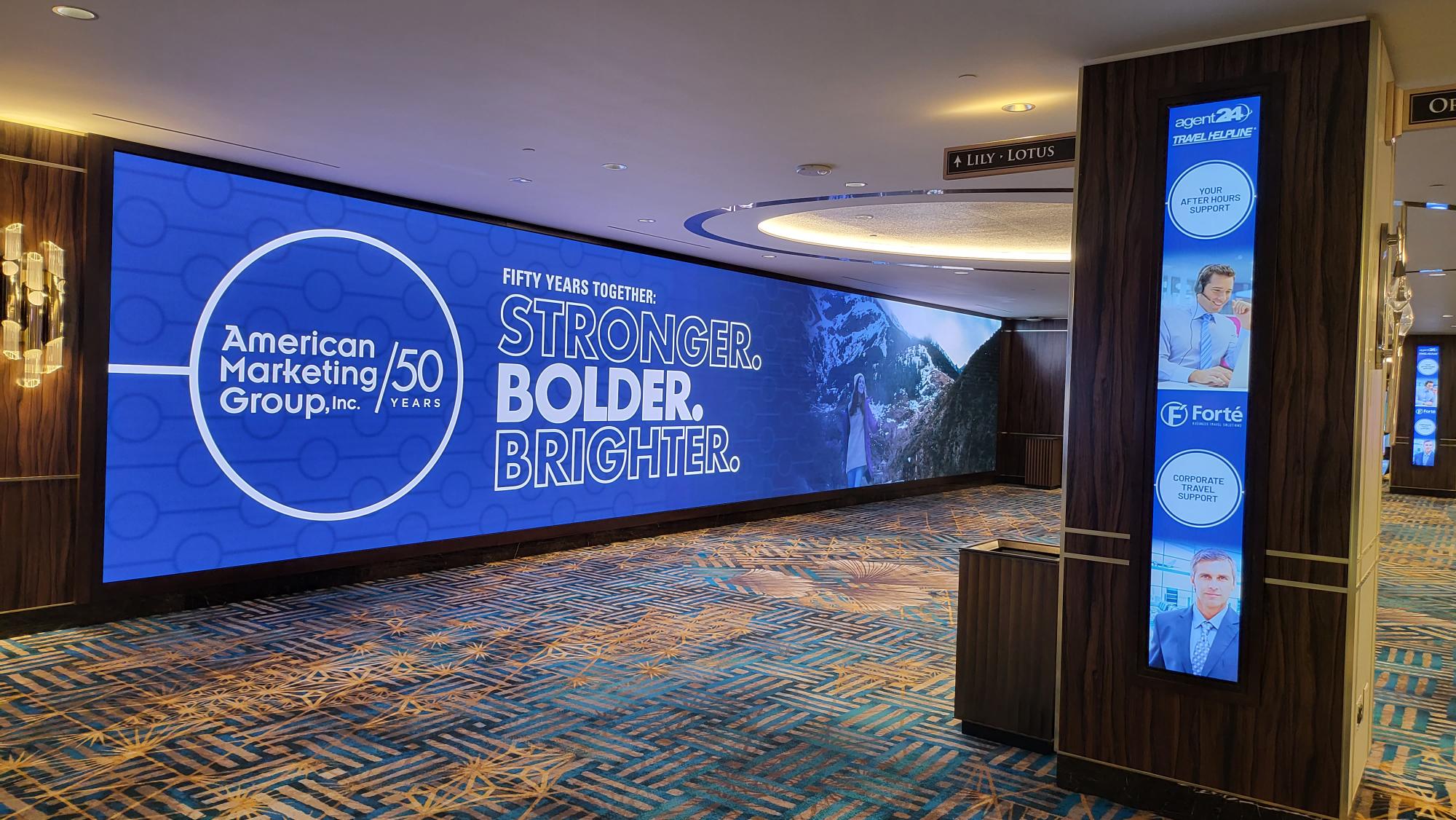 |
Learning from your mistakes and getting creative can help you transform any venue into a branded, experiential space, Cole explained. Image courtesy of edgefactory. |
Rule 3: Learn from your mistakes
Even so, it's not all butterflies and roses. While Cole's team made a splash in the early days, adding vivid content and motion in a sea of static images (or blank screens), the industry has evolved fast, and things have gotten ever flashier and overwhelming for viewers. This has raised the challenge of finding the fine line between not enough and too much, of standing out from a sea of adjacent screens and overcoming screen fatigue while maintaining aesthetics and not overwhelming viewers; to say nothing of simply learning from your own mistakes, forget the competitors.
"We've learned a lot, too," Cole admits. "We've been too busy. We've been too noisy. We've been too subtle. But people don't even know something's animated. So you kind of have to find that fine line in the middle somewhere."
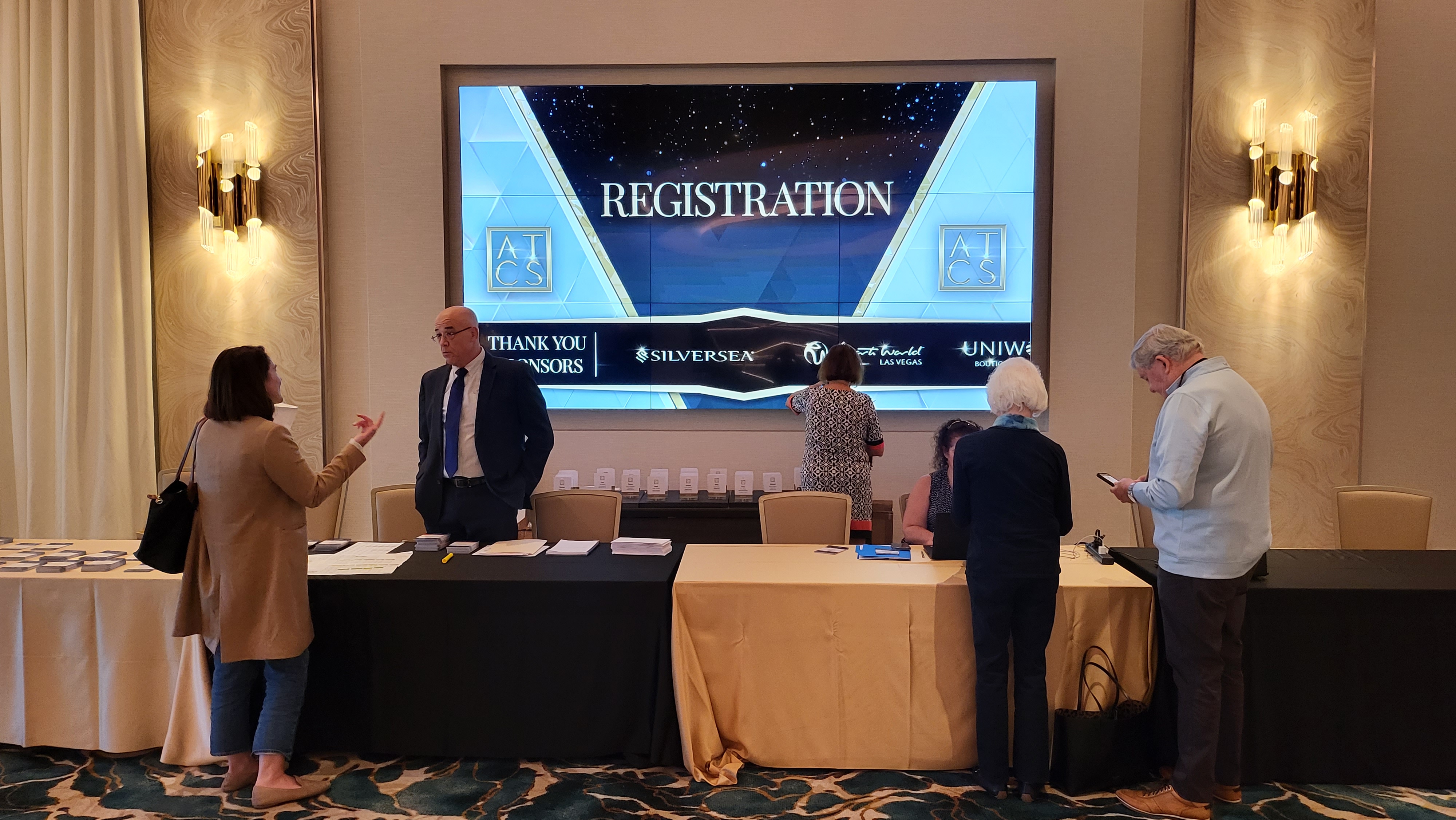 |
It can be much easier than many orgs expect to go paperless and transform their live events into a branded experience, regardless of display hardware or venue — but you have to plan your content. Image courtesy of edgefactory. |
Rule 4: Plan your content
Similar to signage professionals from other verticals, is there an issue in live events where content is an afterthought to customers?
"Yeah, people just don't understand," Cole said. "And they think their AV company is gonna come up to the show with content, or I'm gonna read some signs from digital signage. And then I'm like, 'Well, where's your slides?' " Or, to cite another common example, Cole said that corporate customers will often arrive for a live event having rented large LED signs without thinking about the image ratio, and then their AV provider doesn't know how to adapt 16x9 images to the provided hardware — which leads to a scramble to adapt creative to hardware at the 11th hour.
While Cole didn't share all of the team's method for obvious reasons, he did share some basic features of it, including breaking down the Anatomy of a Sign (including essentials like branding, main event/meeting theme, functional message and an advertising window).
Your approach should also be flexible and lean into the notion of the sign as a multifunction device. "There's a lunchroom downstairs," Cole said, indicating his office space. "We built an LED on wheels, so that we can actually split it apart, when the doors open. So, it's an interesting way to use a physical visual sign even as a barrier or both. It's so cool." Other examples can be using corner LED's at hotel venues, particularly if you want to draw attention away from potentially aging hotel architecture and design while turning a physical space into a branded experience.
In sum, Cole argued, the most important thing to remember is the content itself, whatever tools you use to deliver that content. Using proven principles to shape that content will reach your audience effectively, especially if you remember to put people over shiny things.
About Daniel Brown
Daniel Brown is the editor of Digital Signage Today, a contributing editor for Automation & Self-Service, and an accomplished writer and multimedia content producer with extensive experience covering technology and business. His work has appeared in a range of business and technology publications, including interviews with eminent business leaders, inventors and technologists. He has written extensively on AI and the integration of technology and business strategy with empathy and the human touch. Brown is the author of two novels and a podcaster. His previous experience includes IT work at an Ivy League research institution, education and business consulting, and retail sales and management.


